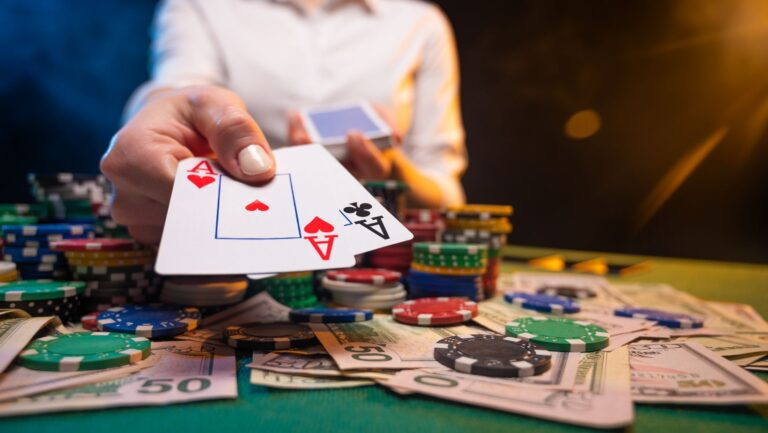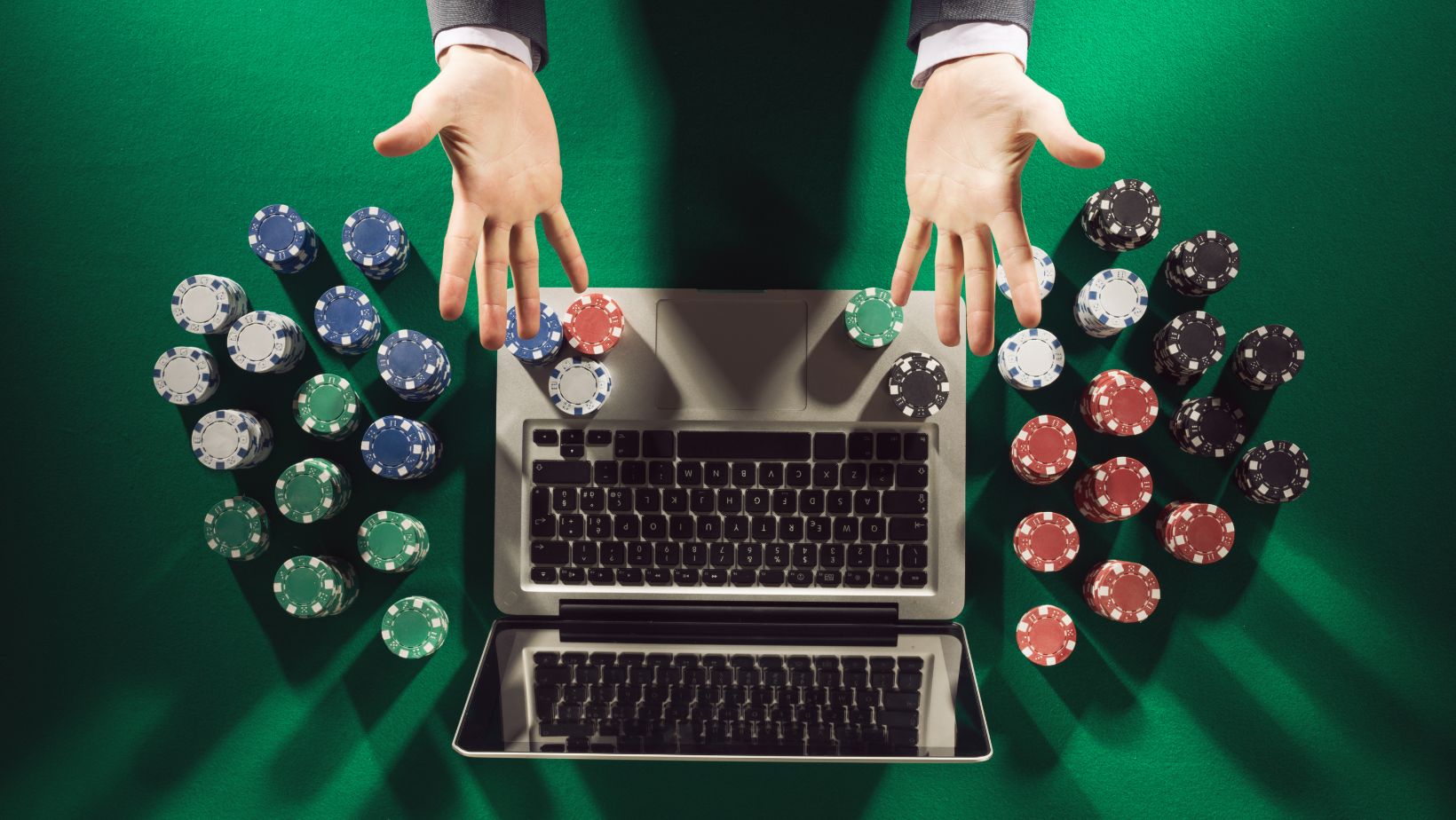The abundant selection of casino games presents a bewildering choice to newcomers who step into the colorful realm of casinos. Table games represent the fundamental element of casino entertainment as they combine strategic play with chance while offering large payout opportunities. Players who wish to enjoy themselves while improving their odds of winning need to understand the probabilities of casino table games. The guide outlines fundamental principles of odds and the house edge for casino table games, which enables beginners to develop a strong foundation.
Understanding the Basics of Table Game Odds
Before diving into the main casino table games, mastering the odds, house edge, and RTP is the bedrock for succeeding in the long run in playing casino table games.
It’s important to understand two key terms: The term “odds” defines the chances that a particular event will take place. Two dice rolled together result in a seven six times within 36 possible combinations, which means the probability stands at 1 in 6.
The house edge is the casino’s percentage value they have against players. The house edge applies to every player’s bet, which the casino expects to retain in the long term. When the house edge decreases, players enjoy better winning chances as time progresses. Even when you win, the house edge applies. That’s why, before sitting down at the table, knowing how much you have to get back to the house works to build a good budget.
When you have the basics of the house edge, you have one foot in the door to understand the RTP. The RTP is the fun stat that players love because it is an accurate gauge of how much money players can reasonably expect to see back over the long run with a $100 wager.
Understanding Blackjack Odds for Success
Among casino games, blackjack stands out because its house edge usually falls between 0.5% and 1% when a basic strategy is applied. For this reason, new casino players and those with smaller budgets flock to the blackjack table. Also, playing blackjack like baccarat, is more simple than mastering poker.
The strategy determines the optimal move (hit, stand, double down, split, or surrender) players need to make according to their hand and the dealer’s visible card. The essential knowledge of basic strategy enables serious blackjack players to minimize the house advantage effectively.
Understanding blackjack probabilities requires players to consider how the number of decks influences game dynamics. The odds for players in blackjack improve when playing single-deck games because fewer cards contribute to each hand’s result compared to multi-deck games. However, casinos have adjusted other game rules in multi-deck games to preserve their edge, such as offering worse payout ratios for hitting blackjack (typically 6:5 instead of the more favorable 3:2).
Most online blackjack games, because of real money and sweepstakes games like Quantum Blackjack, use up to eight decks to ensure they have enough cards for players. Online blackjack variants like Gravity Blackjack have a higher house edge, not too terrible, because of the additional bonus bets.
Even when hitting, standing, and doubling down, the odds greatly change. If you stand on a playing value worth between 18 and 20 points, the odds of you winning are tremendous because, most likely, but not always, the dealer won’t match you or have a 21.
On the flipside, standing down on a weak end lowers the odds of winning. The dealer most likely will outhit your hand and win.
Baccarat: The Elegant Odds
Since the 17th century, baccarat hasn’t aged; it keeps getting younger thanks to new legions of players who discover it, especially with online casinos. Baccarat has high-roller associations yet remains easy to play with good winning chances. Players need to decide whether to place their bets on the “player” hand or the “banker” hand to secure a win.
The banker bet offers slightly better odds of winning yet requires a 5% commission on successful wagers, which leads to the house maintaining approximately a 1.06% edge. The player bet option shows a marginally increased house edge of 1.24%. There’s also a “tie” bet that offers higher payouts (8: Casino rules determine payout ratios for a tie (8:1 or 9:1) while maintaining a house edge above 14%.
Because the odds aren’t in your favor of winning the tie bet, most baccarat players avoid it. Also, baccarat offers the Super 6 and Dragon Tiger side bets. The Super 6 requires winning the banker’s bet with the exact total worth six points. The house edge is well over 8% in this case, and it doesn’t offer great odds. In the end, the banker’s bet offers the best odds. Also, playing no-commission baccarat means that the house edge can dip as low as 0.50%.
The Odds of the Roulette Spin
The unique charm of roulette comes from its sophisticated wheel design and its many betting possibilities. Multiple betting options exist within the game, and each bet type features unique odds. Simple bets like red, black, odd, or even offer almost 50% probability of success but pay out at 1:1. More specific bets, such as betting on a single number, offer higher payouts (35:1) but much lower odds of winning.
The odds are influenced by the specific kind of roulette wheel being used. The American roulette wheel includes two zeroes (‘0′ and ’00’), resulting in a house advantage of approximately 5.26%, making it not ideal for beginners or those counting dollars. European roulette wheels feature only one ‘0’, which decreases the house edge to roughly 2.7%. Players seeking better odds should choose European roulette because it provides improved chances of winning.
Thanks to technology and broadband internet, online casinos, deliver more options than ever. Games like Lightning and Gravity Roulette offer random winning multipliers, sometimes even higher than 500x. As a result, the odds are reduced, especially with Gravity Roulette. To win the extra multipliers, players are restricted to certain bets, like the straight-up, which has 50% odds of winning.





